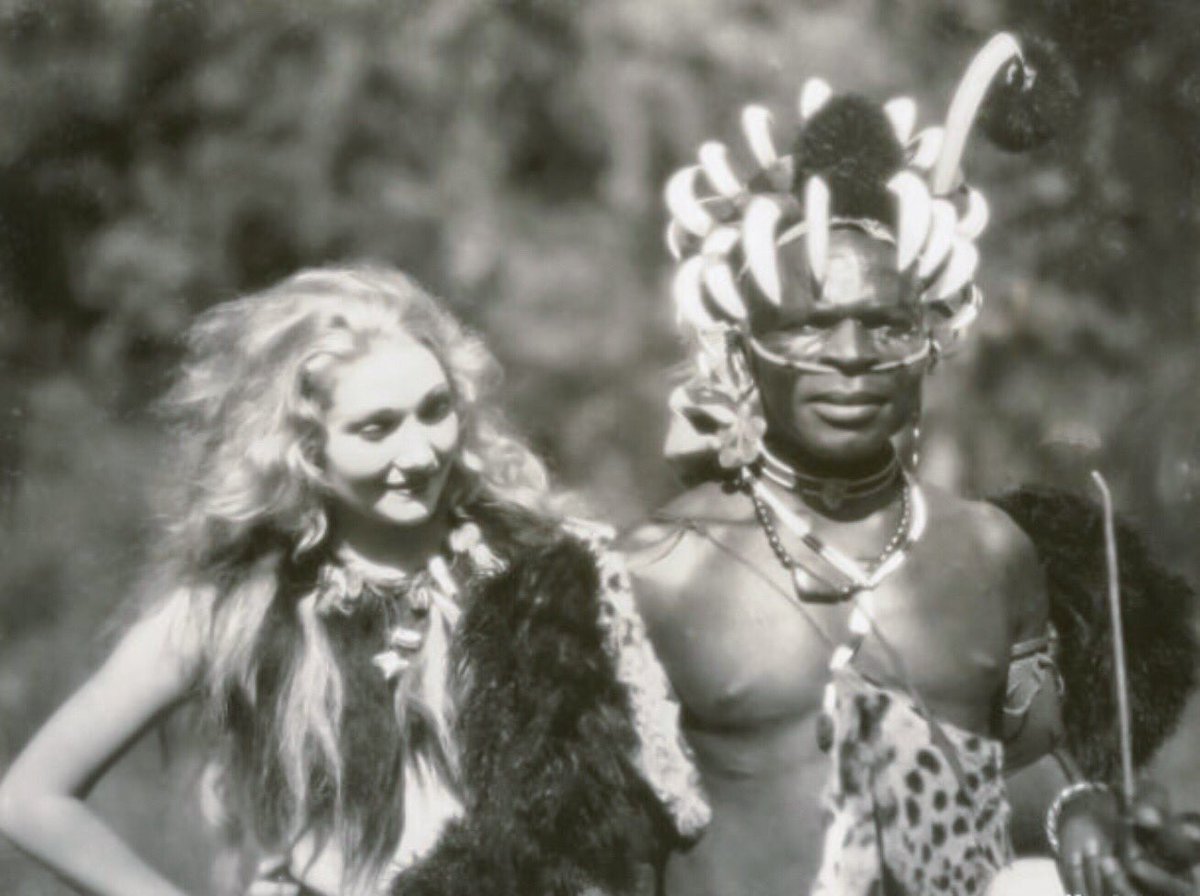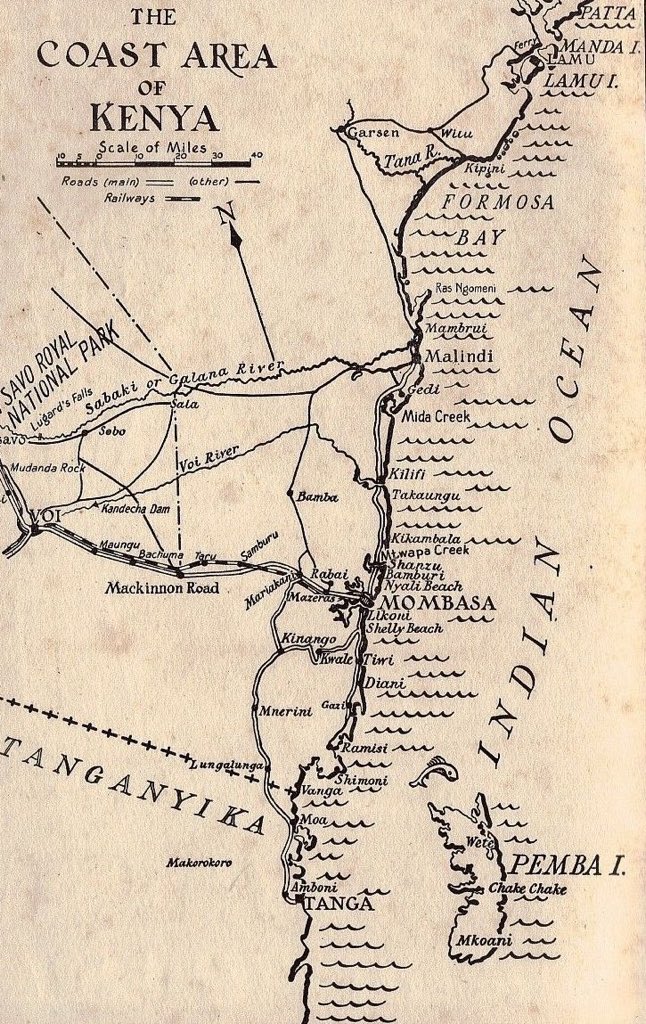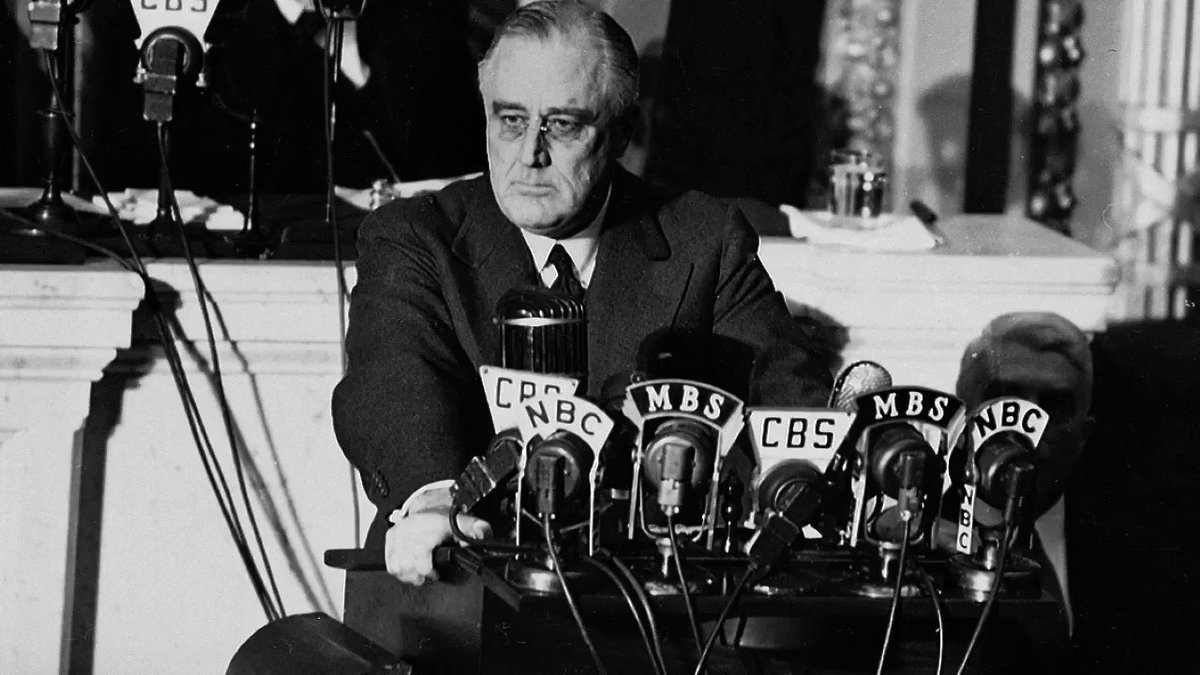“If a Kikuyu dies, the near relatives drag the corpse outside the village and allow hyenas to devour it. None but the headmen are ever buried. They are buried in the village so that the grave can be watched in order that hyenas may not dig them up. Should anyone..
“The anvil is usually a hard piece of flint, the hammer a smaller piece of the same rock. For a forge they dig a hole in the ground, then taking a piece of goatskin which has been sewed into...
Suggesting that the Agîkuyû could not match the culinary appetites of their Wakamba neighbours, Elmer wrote the following:
“As before stated the Kikuyu are addicted to the use of strong drink; this is made from sugarcane in the following manner:
God willing, I will soon wrote about Elmer’s observations while living among the Wakamba.
Have an observant evening, everyone.









